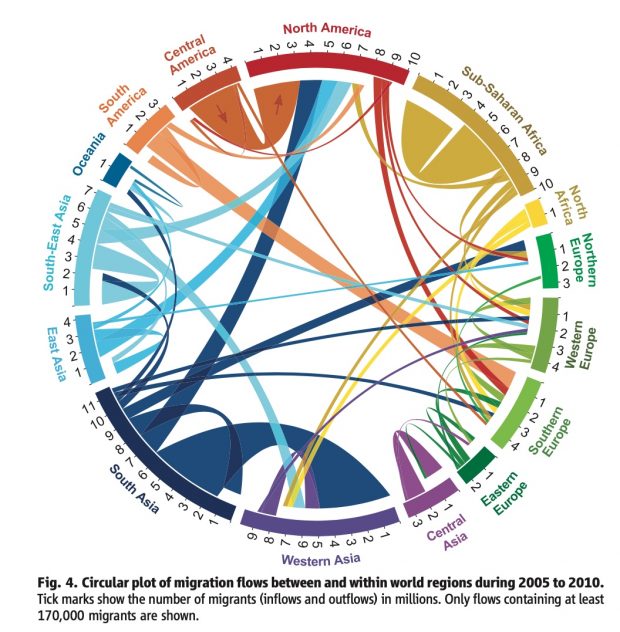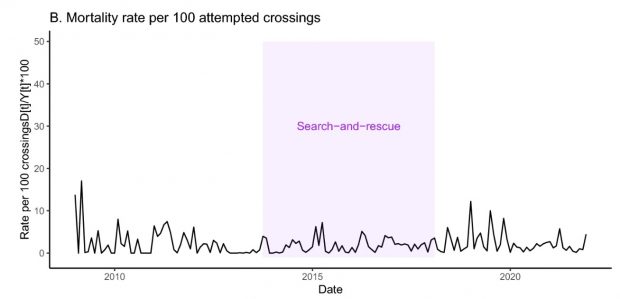Having been confronted with the “pull” doctrine now many times, I went for further literature. The best summary that I have found is by the European Asylum Support Office 2016
On the conceptual level, there are serious limitations with the commonly used (yet often critiqued) push and pull framework as an explanatory tool for migration decision-making processes … it makes strong assumptions about the way individuals respond to stimuli; it presumes that an individual can make cost/benefit decisions based on full information, in markets tending to a general equilibrium, far from the complex reality of human mobility. As such, the model fails to explain why, for instance, people respond differently to the same ‘push’ and ‘pull’ forces, and why emigration and immigration occur simultaneously in the same area.
There seem to be many more limitations than currently assumed.
factors explaining migration 1) often originate in the household/community/country of origin (e.g. unemployment, gender discrimination, conflict), while factors influencing migration 2) are more likely to be destination-specific (e.g. presence of co-ethnic community members, perception of the country as having a permissive asylum regime, language similarities) or process- specific (e.g. a smuggler has chosen a destination).
Another key issue, is the high death toll that is of course known to refugees.
Studying migration flows across the Mediterranean, particularly along two routes (the western and central Mediterranean routes), Altai Consulting found that social, political, and economic instability inspired migration flows but that individuals fleeing greater threats to their personal security were willing to traverse more dangerous and uncertain migration routes.
So we are dealing with
- Socio-economic factors
- Political factors
- Demographic factors
- Historical, cultural and geographic factors
- Environmental factors
- Migration policy factors
- Economic factors in the asylum destination choice
- Summary of convergence/divergence trends
The report shows the relevance of migrant networks in facilitating asylum migration movements and influencing migrants’ destination choices. Going back even to an earlier report of migration direction in Science, I can’t find any evidence for any pull effect.

Aug 4, 2023
There is a new time series study in Sci Rep by Alejandra Rodríguez Sánchez aggregating counts of arrivals, pushbacks, and deaths adjusting for various known drivers of irregular migration via the Central Mediterranean Route

A comparison of the observed and predicted counterfactual time-series in the post-intervention periods suggest that pushback policies did affect the migration flow, but that the search-and-rescue periods did not yield a discernible difference between the observed and the predicted counterfactual number of crossing attempts.
So there is push but no pull.